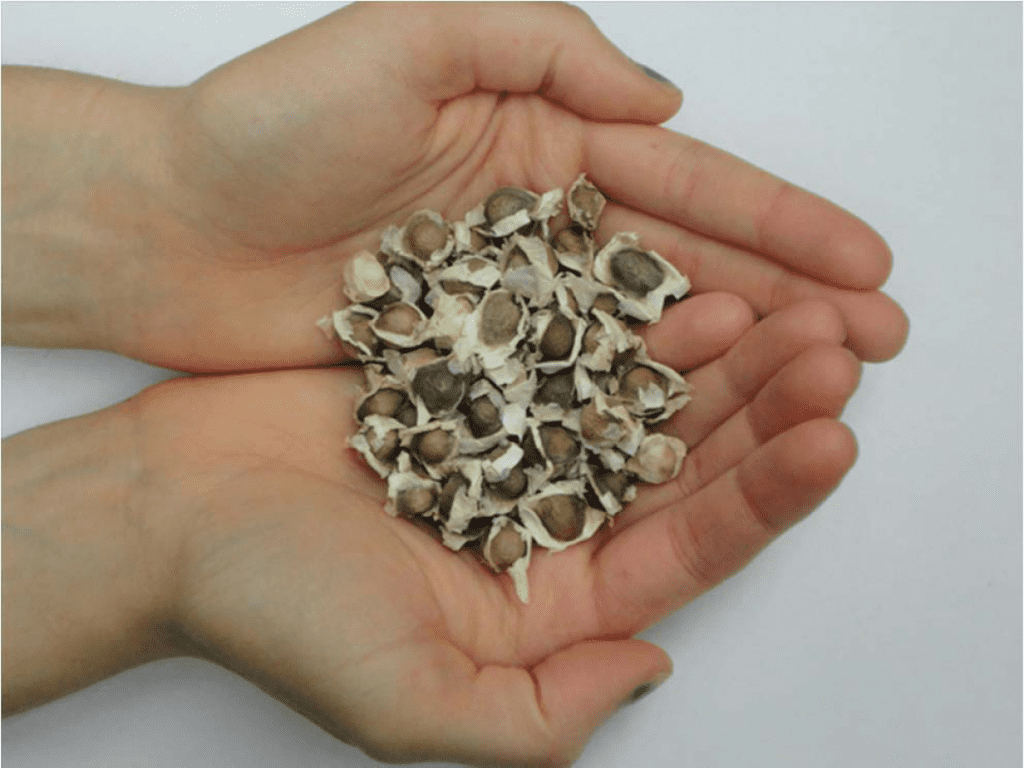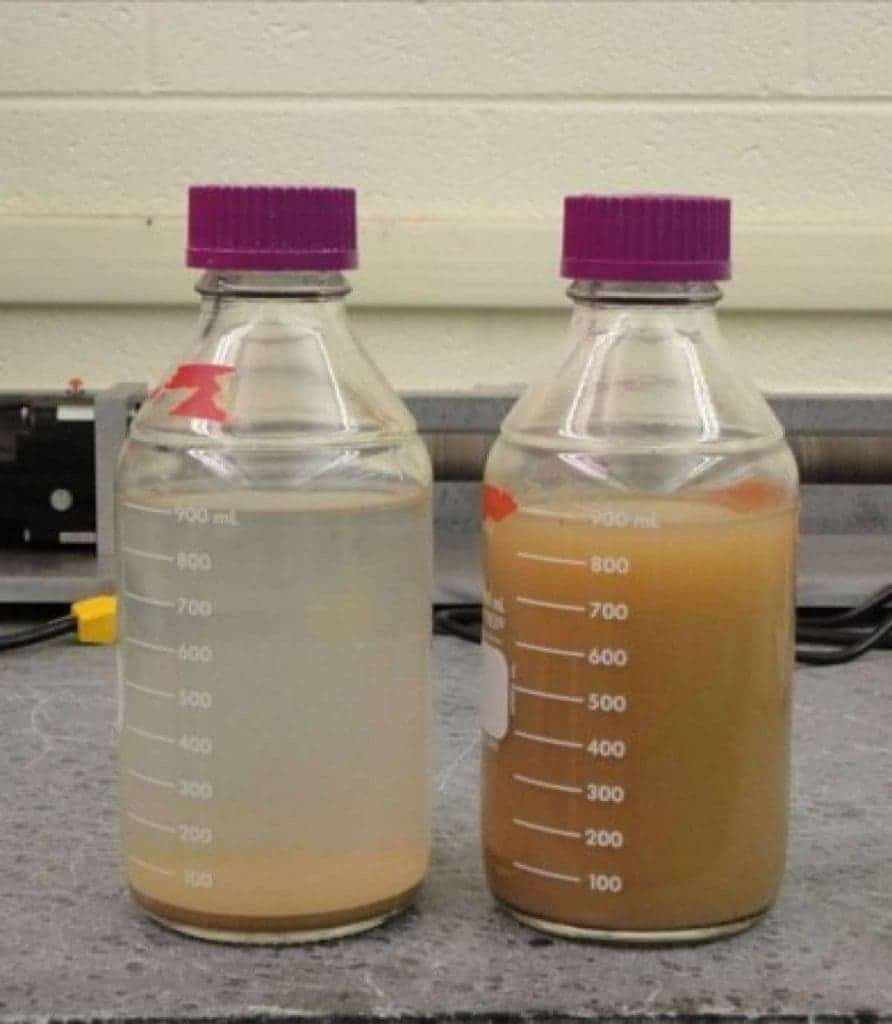Since the time of the ancient Egyptians, people have using the grounded seeds of the Moringa oleifera tree to clean water. Scientists found that some of the proteins contained in the seeds interact with the bacteria in the water, killing and clustering them. Eventually, the bacteria lump falls down to the bottom of the watery solution, and makes the water safe to drink. Now, a team at Penn State reports it’s uncovered the mechanism that allows the “miracle tree” seeds, as they’ve been called before, to purify water. In those places of the world where there isn’t any access to clean water (850 million people), the moringa might hold true to its name and provide a cheap, sustainable solution to the problem. Just grow your own water filter and decontamination “device”.

One of proteins found in the tree’s seeds is a cationic protein, a positively-charged protein, which contains a little peptide sequence that acts like a molecular knife. So this little molecular knife goes through the bacterial cell wall and kills it, basically slitting it open. We have data showing that for one type of E. coli bacteria, the moringa proteins not only take the bacteria out, but kill the bacteria too. And because the moringa protein is naturally positively charged, it’s able to wrap up sediment in water, which is mostly negatively charged, allowing the sediment to settle out of water very quickly. This is why you need to add sand to the water, along with the ground seeds, so the proteins can anchor the sand and dispatch the bacteria.
“We add the crushed moringa seed to water so that the proteins go into the water. Next we add sand, so that the active protein in the solution anchors onto the sand. The rest of the proteins and organic matter — called biochemical oxygen demand, or BOD — is rinsed away. The functionalized sand is now active, and we have data to show that this sand can clean water and kill pathogens. When you’re done, you just let the sand settle out of the water, so that the sand can be used again. That’s the core of the idea,” said Stephanie Velego of Penn State.
In a recent paper published in Langmuir, the same team at Penn State that has been studying the moringa for years has now uncovered the bacterial kill mechanism. Apparently, the protein fuses the membranes of the bacteria together. A membrane is one of the most vital parts of a cell, and once it’s breached it spells big trouble for the bacteria.
The researchers also found that the best time to harvest the seeds is right when the plant matures during the rainy seasons. That’s when its bacterial fighting abilities are the strongest.

So far, the moringa is shaping up as a great tool to clean water effectively and cheaply. It can even be grown in the desert. Moreover, since the plant itself is also high in protein, it can serve as food, and when you grind the seeds you also get oil. The university has made some tests in Haiti so far, but given its wide use since antiquity it may be possible for it to prove effective across many situations. A won’t certainly kill all bacteria. This is definitely the safety mark they need to handle next: identify all those bacteria the seeds can neutralize.
via PopSci
Was this helpful?



